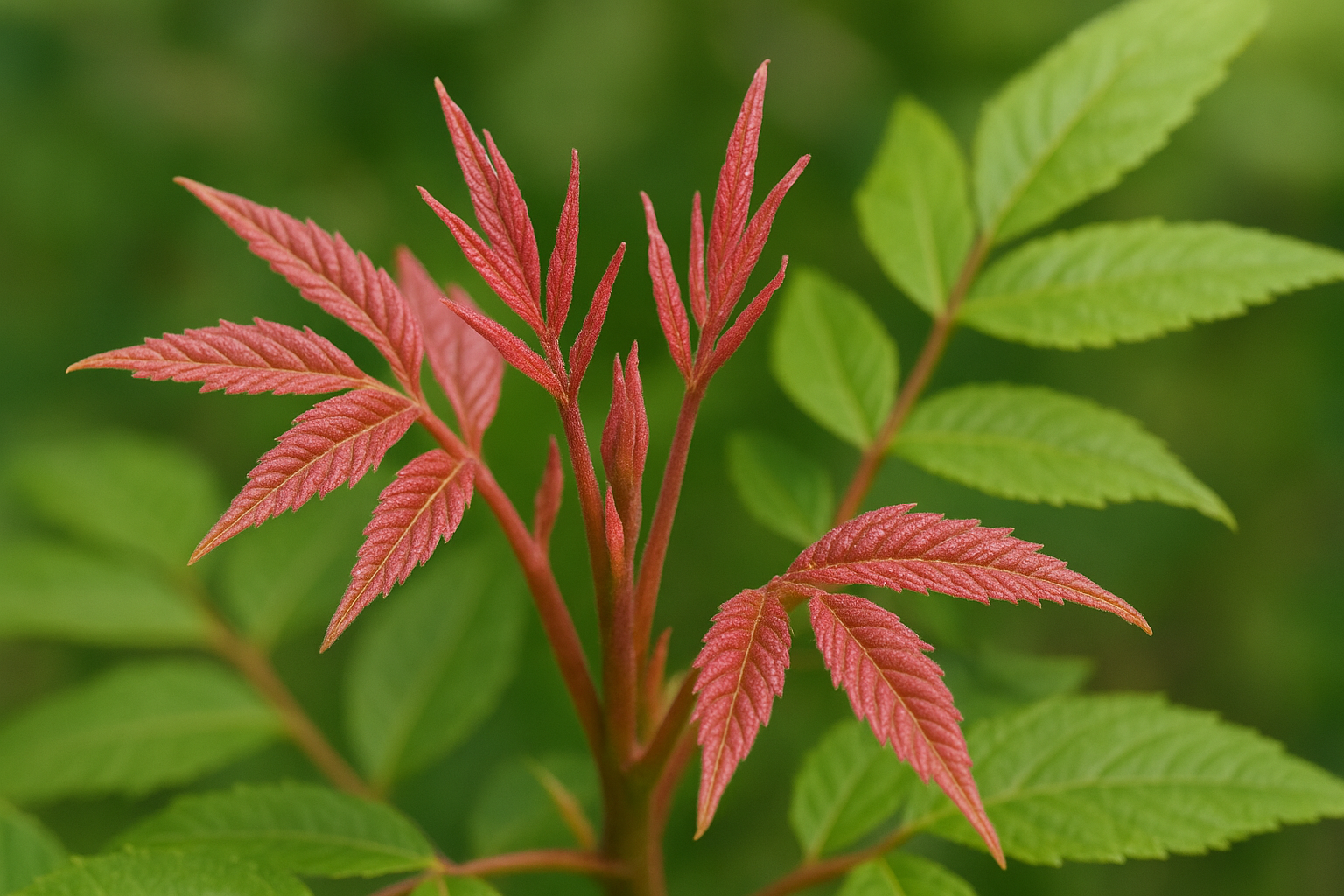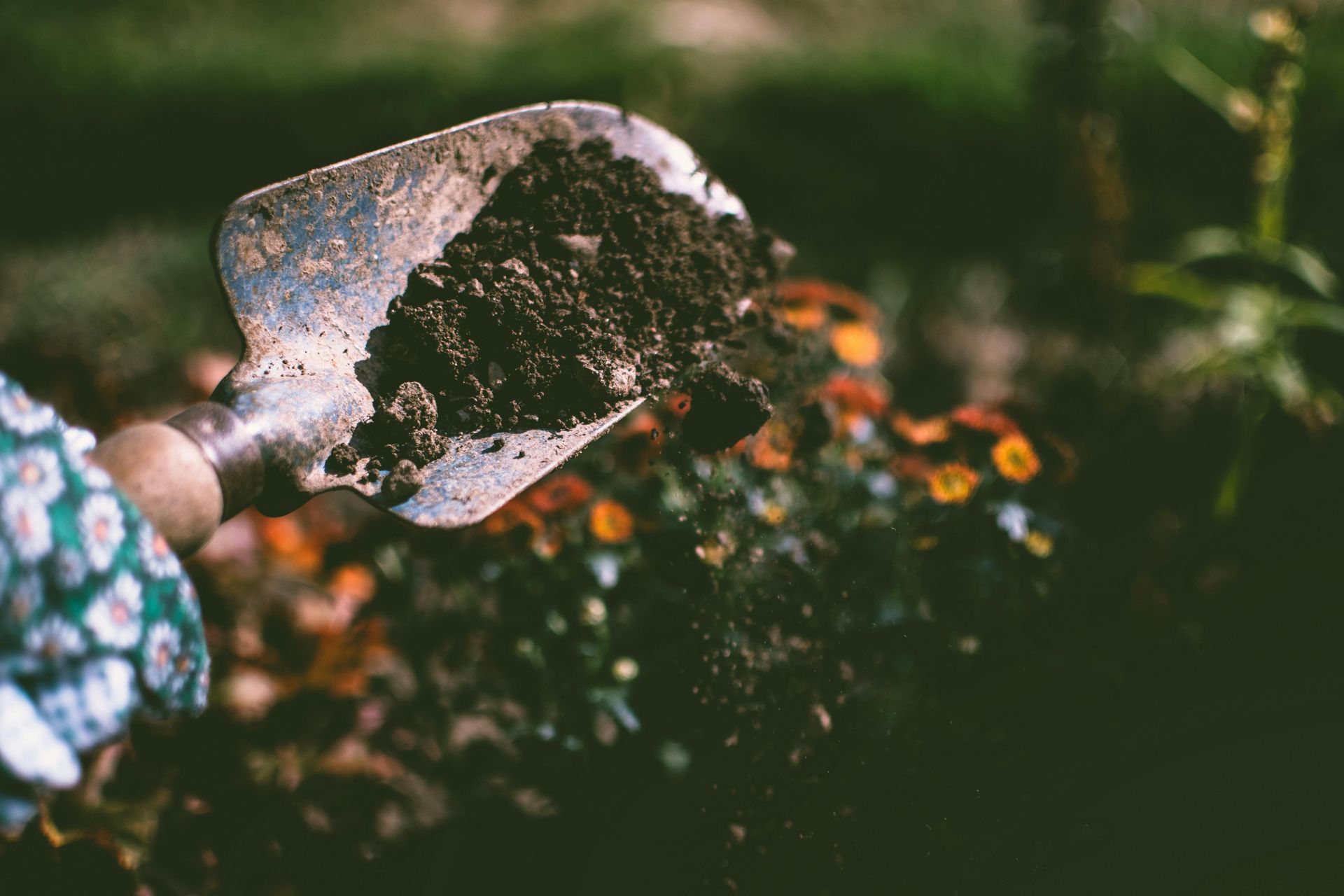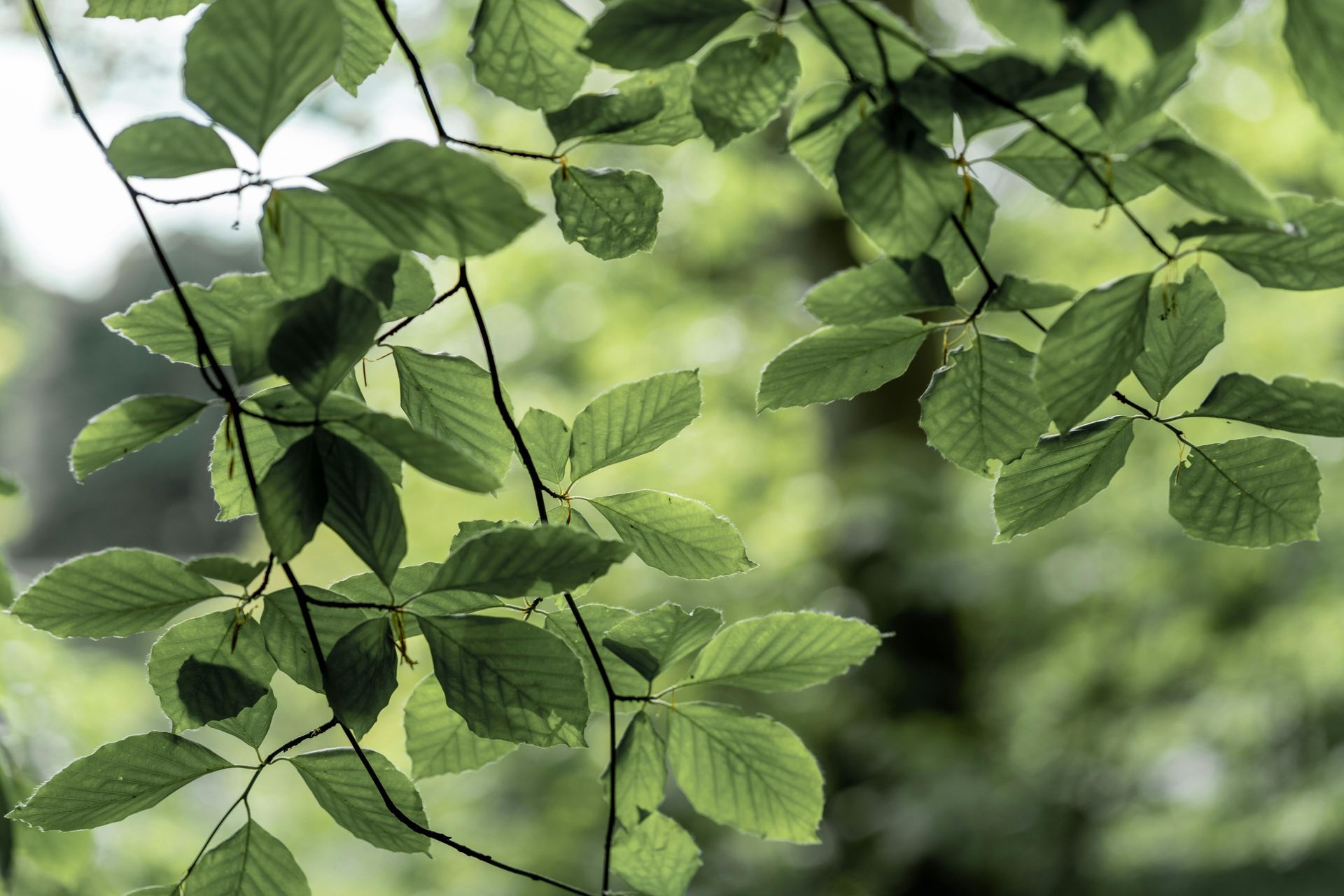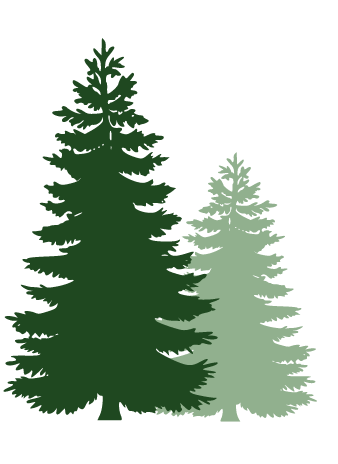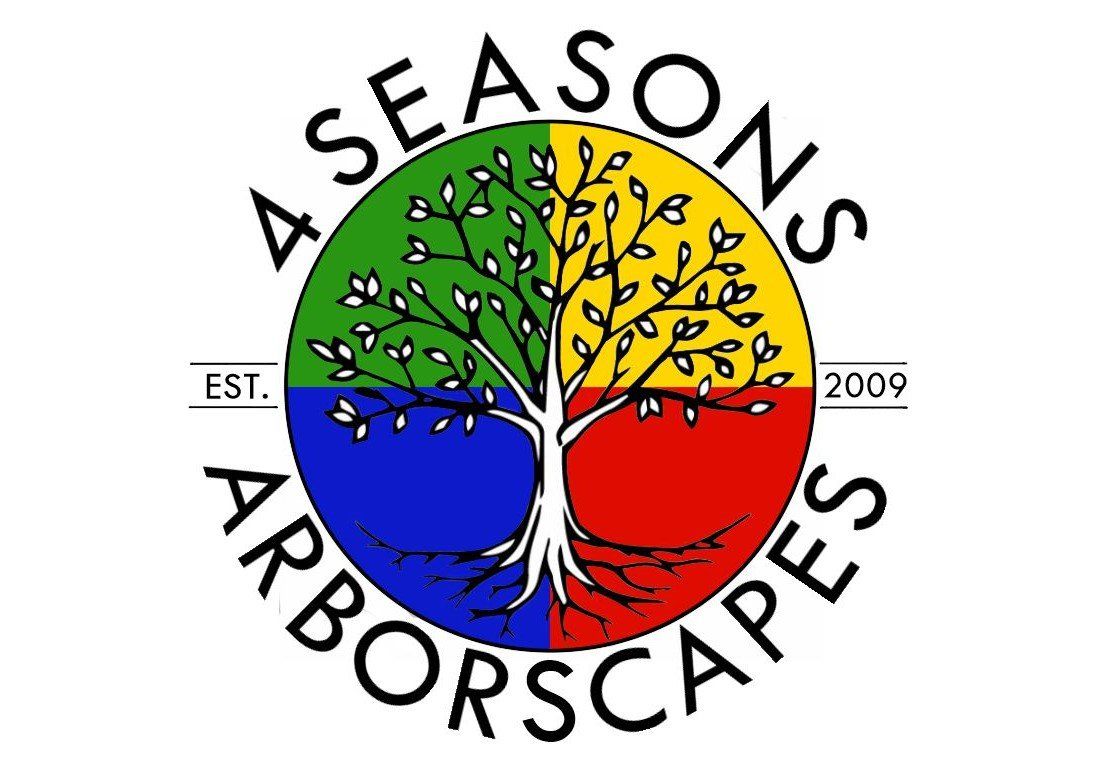Essential Tree Watering Tips to Survive the Summer
Keeping your trees hydrated in July is crucial, especially during the summer heat! Here are some essential tips to ensure your trees thrive:
1. Check soil moisture regularly.
Use a long screwdriver to probe the soil under the tree’s canopy. If you're struggling to probe six to eight inches into the soil and there's no expected rainfall, it's time to start a watering routine. Once you've watered, perform this test to assess your effectiveness.
2. Water deeply.
Instead of frequent shallow watering, aim for a deep soak. Deep watering is essential for tree health because it encourages strong root growth and resilience. When you water deeply, moisture reaches the lower soil layers, prompting roots to grow downward rather than staying shallow. A garden hose running at a moderate rate disperses 5–10 gallons per minute, and trees generally need about 10 gallons per inch of trunk diameter.
3. Focus on newly planted trees.
New trees need more water than established ones because their root systems are still developing. Unlike mature trees, which have extensive roots that can access deep soil moisture, newly planted trees have limited root spread and rely on frequent watering to stay hydrated. Newly planted trees (less than two years old) need watering two to three times per week, while established trees typically need a deep soak once a week or every other week, depending on soil moisture.
4. Avoid overwatering.
I know, we just said to "water deeply", but too much water can be just as harmful as too little. Ensure the soil is moist but not soggy. Watch for signs of overwatering, yellowing leaves, wilting despite wet soil, and fungal growth (like mushrooms at the base) can indicate excess moisture. If there has been a recent rainfall, skip watering until the soil is dry.
5. Use mulch.
Mulching in July is a great way to protect and nourish your trees during the peak of summer. Mulch helps the soil hold water longer, reducing evaporation and the need for frequent watering. It keeps roots cooler on hot days and insulates them from extreme temperature swings. A layer of mulch blocks sunlight, preventing weeds from sprouting and competing for nutrients. Mulch stabilizes the soil, reducing runoff from heavy summer rains. Organic mulch breaks down over time, adding nutrients and enhancing soil structure. For best results, apply 2–4 inches of mulch around the base of your tree, but keep it away from the trunk to prevent rot. Spreading mulch beyond the drip line helps protect the entire root system, retain moisture, and improve soil health. Here's how to grow your own mulch!
6. Test different watering tools.
A slow-release watering bag or a soaker hose arranged in a spiral pattern around the tree’s drip line can help ensure proper hydration. These tools gradually release water over several hours, ensuring deep soil penetration and reducing evaporation. Unlike sprinklers, which can lead to runoff, slow-release methods deliver water directly to the root zone. Once set up, they require minimal maintenance; just refill the bag or turn on the hose. Newly planted trees benefit from steady hydration without the risk of drowning their roots.
7. Lock in your timing.
The ideal time to water is early morning or late afternoon when temperatures are lower and winds are calmer. Avoid watering during the hottest part of the day, as the water will evaporate quickly, preventing it from reaching the roots effectively.
Final Thoughts
By taking the time to water your trees properly in July, you’re investing in their long-term health and resilience. Whether it’s a deep soak, strategic mulching, or using slow-release watering methods, your efforts will help trees thrive through the summer heat. So, grab that hose, check the soil, and give your trees the hydration they need—they’ll thank you with vibrant greenery and sturdy roots!
Check out the latest:





